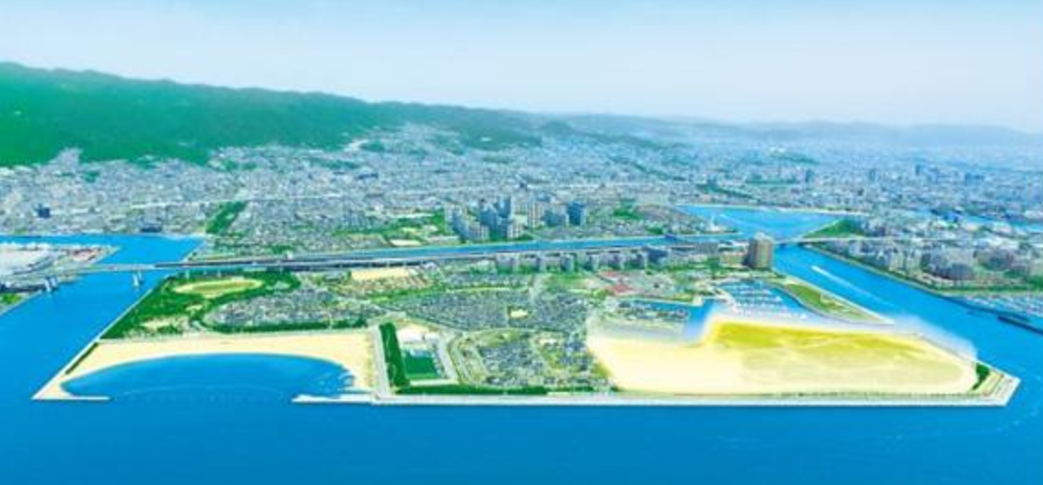Panasonic will supply solar modules, storage batteries and control systems for the PV-powered microgrid, according to an online statement. Each home will be equipped with a 4.6 kW solar array and 11.2 kWh of battery storage. The dwellings will also feature home energy management systems (HEMS), but the group did not reveal additional information about the equipment it will use.
PanaHome aims to start operating the microgrid from October 2018, according to an online statement. The system will be installed in the PanaHome Smart City Shioashiya in Ashiya, Hyogo prefecture. Tokyo-based Eneres will provide energy management services.
The group started building PanaHome Smart City Shioashiya on reclaimed land in 2012. The entire residential development will be completed in 2023. PanaHome developed the smart-city concept and planned the community. It is overseeing construction of the homes, in cooperation with the Hyogo Prefecture Public Enterprises Agency.
Panasonic, in cooperation with its PanaHome unit and a consortium of companies, has already built similar communities throughout Japan. It started operating the first phase of its Fujisawa Sustainable Smart Town (Fujisawa SST) project outside of Tokyo that in late 2014. It aims to complete the JPY 60 billion ($533.5 million) Fujisawa SST community — a 19-hectare development that features 1,000 PV-powered homes backed by energy storage — in 2018.
Popular content
Panasonic said that the PanaHome Smart City Shioashiya project is important because demand for backup power systems has risen in the years since a massive earthquake and tsunami devastated northeastern Japan in March 2011. It said it is also motivated by the need to integrate variable renewables such as solar into the national grid, as well as a growing focus on the self-consumption of PV-generated electricity throughout the country.
The Osaka-based electronics group is currently restructuring its global solar business. Earlier this month, it revealed plans to stop producing silicon ingots at a factory it owns in the U.S. state of Oregon. It quickly followed that announcement by revealing plans to stop producing PV modules at a plant it owns in Japan’s Shiga prefecture.
However, in recent months senior executives from the Japanese group — which posted a net profit of JPY 48.8 billion in the first quarter of the current Japanese fiscal year — have said that electric-vehicle batteries, as well as battery-backed energy storage systems, will emerge as a critical growth driver in the years to come.
This content is protected by copyright and may not be reused. If you want to cooperate with us and would like to reuse some of our content, please contact: editors@pv-magazine.com.


By submitting this form you agree to pv magazine using your data for the purposes of publishing your comment.
Your personal data will only be disclosed or otherwise transmitted to third parties for the purposes of spam filtering or if this is necessary for technical maintenance of the website. Any other transfer to third parties will not take place unless this is justified on the basis of applicable data protection regulations or if pv magazine is legally obliged to do so.
You may revoke this consent at any time with effect for the future, in which case your personal data will be deleted immediately. Otherwise, your data will be deleted if pv magazine has processed your request or the purpose of data storage is fulfilled.
Further information on data privacy can be found in our Data Protection Policy.